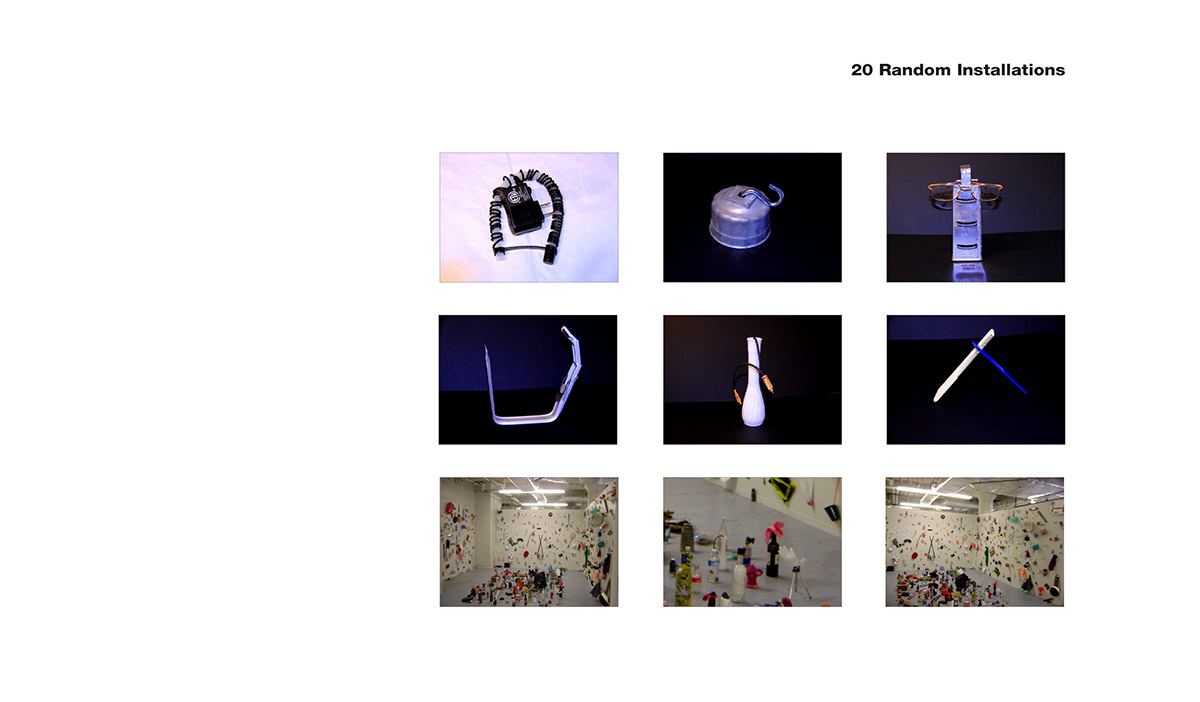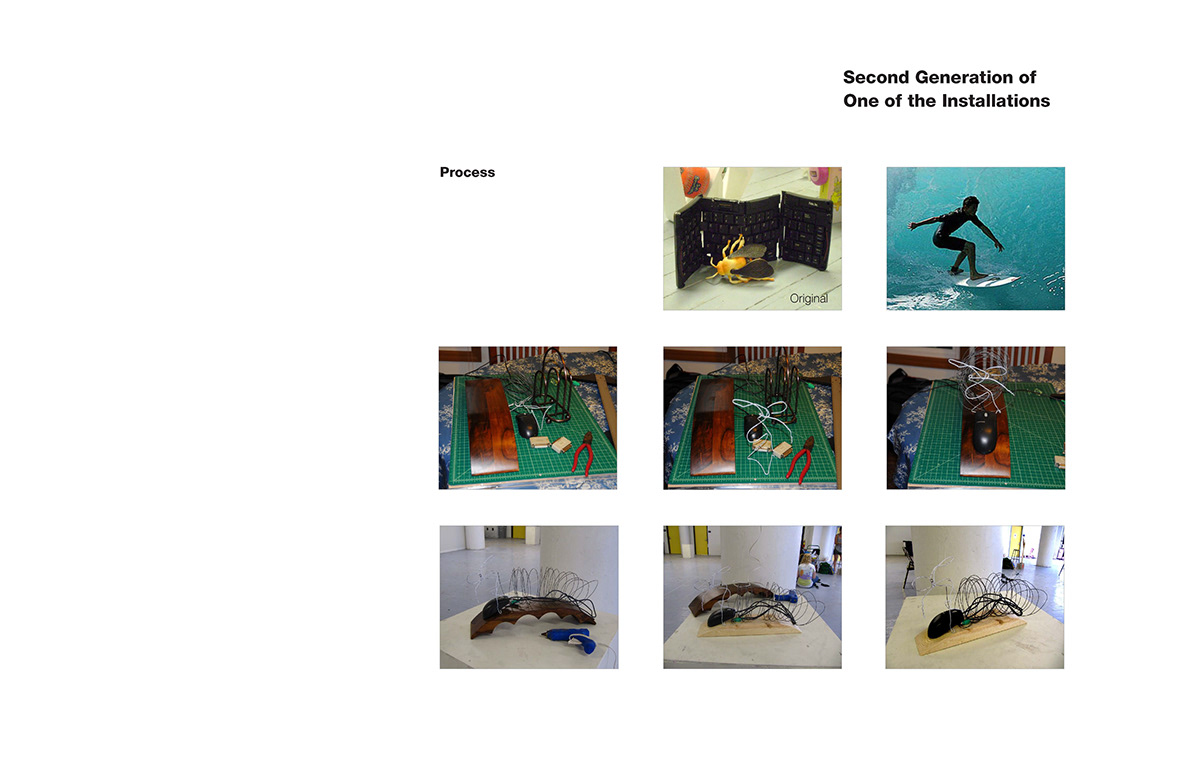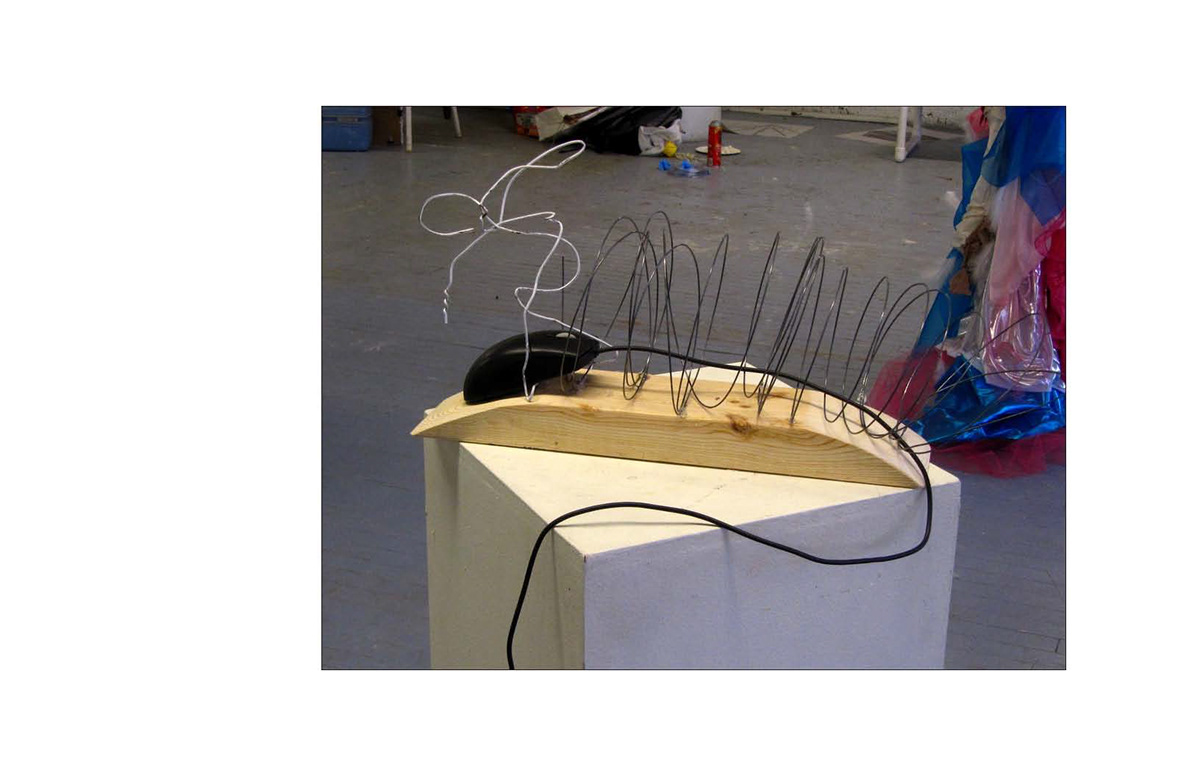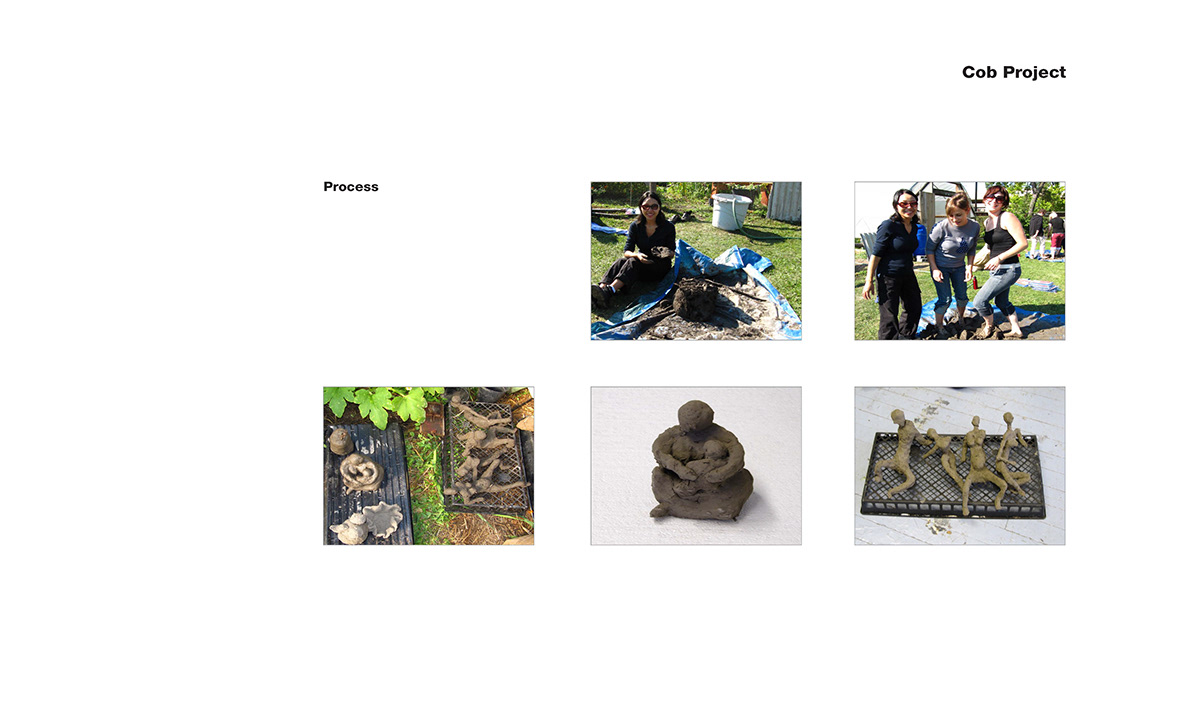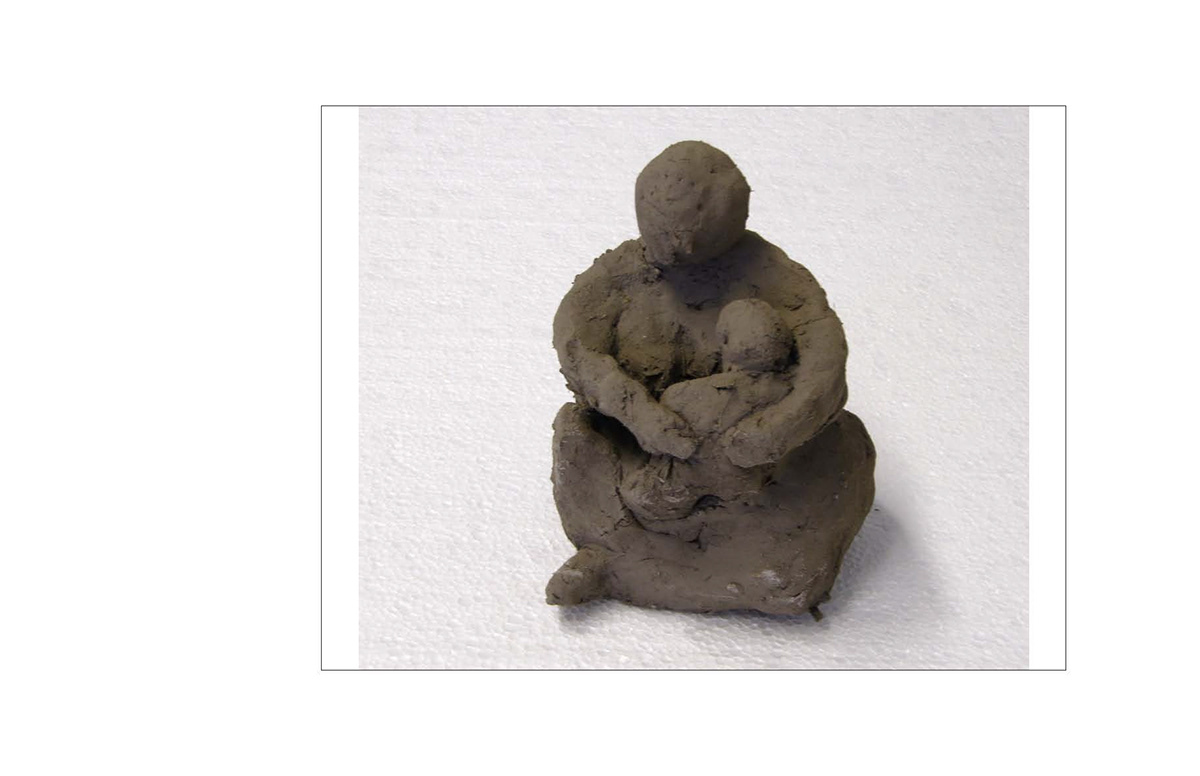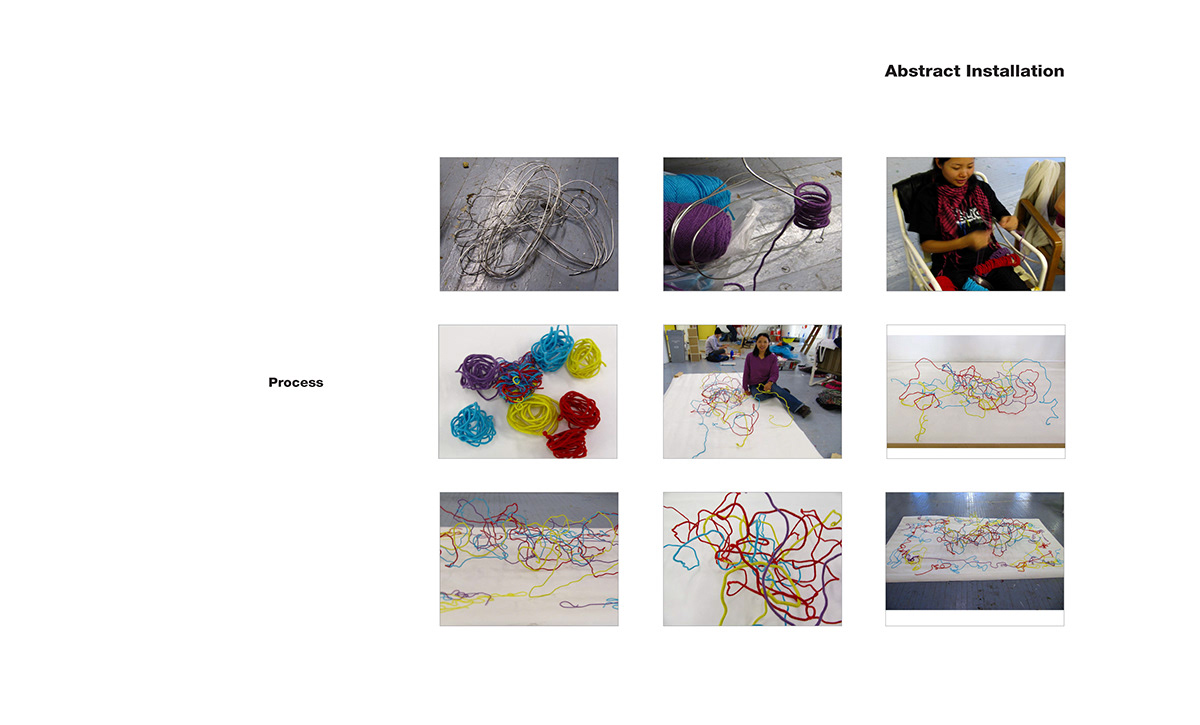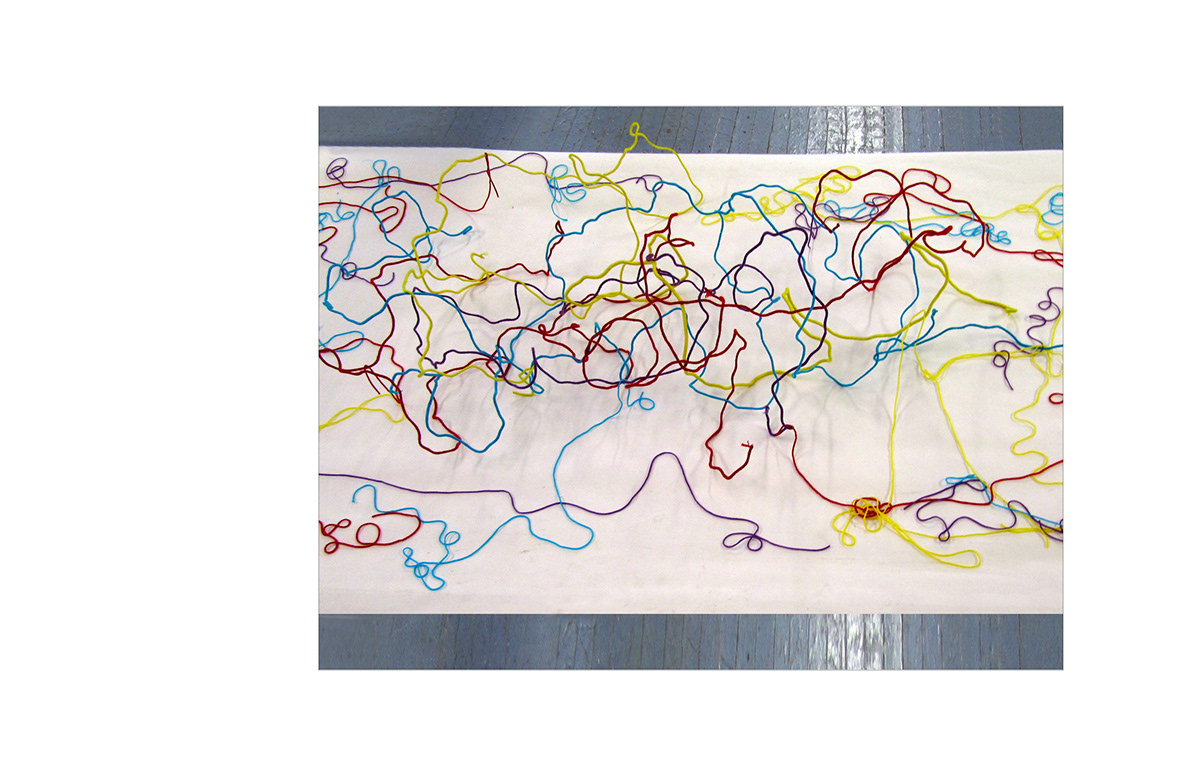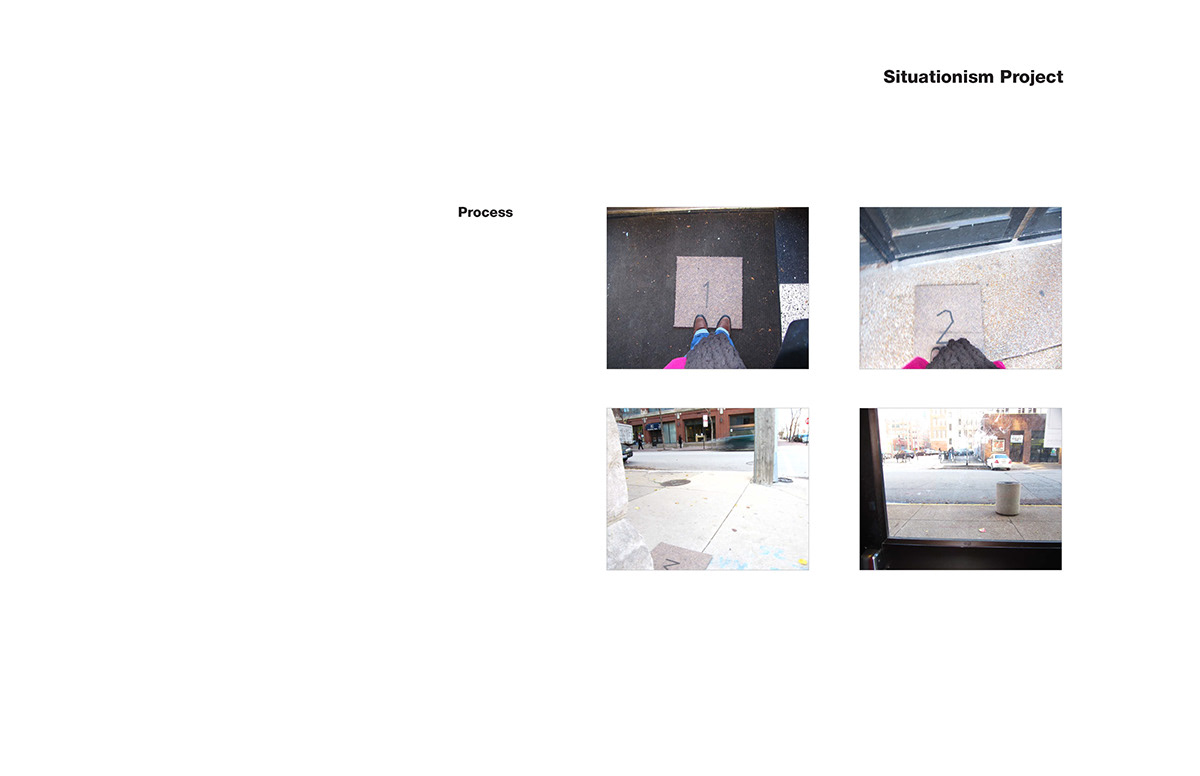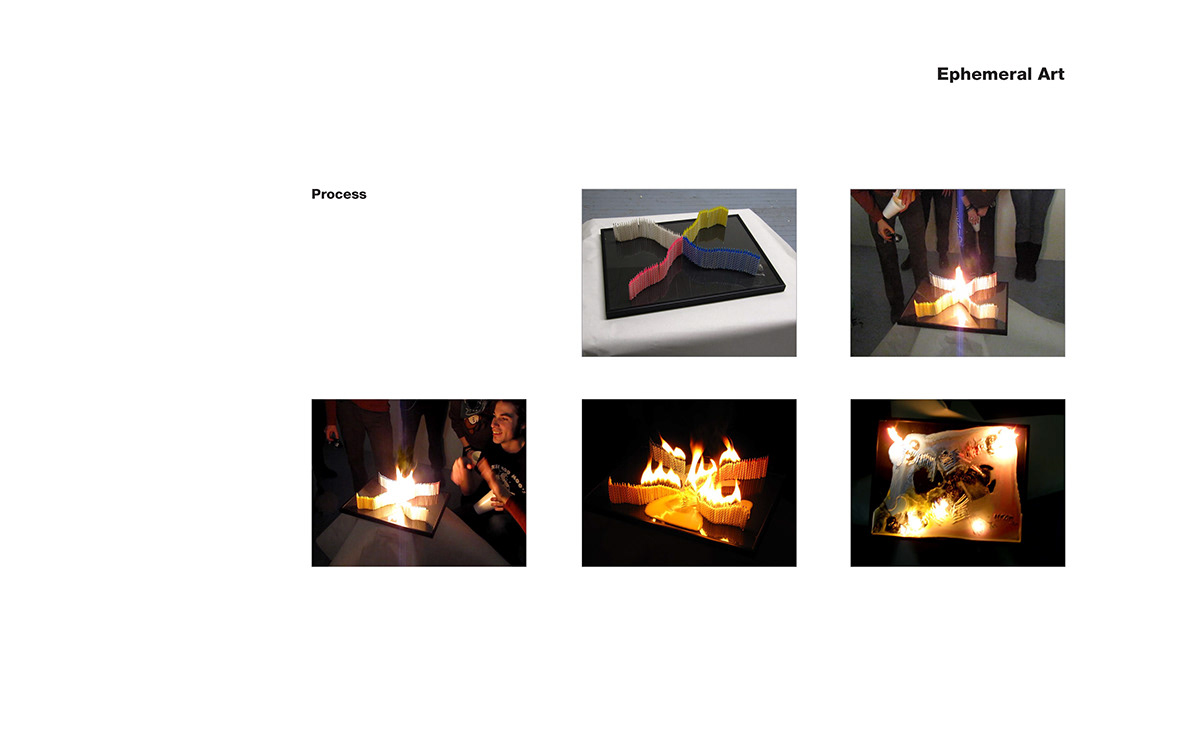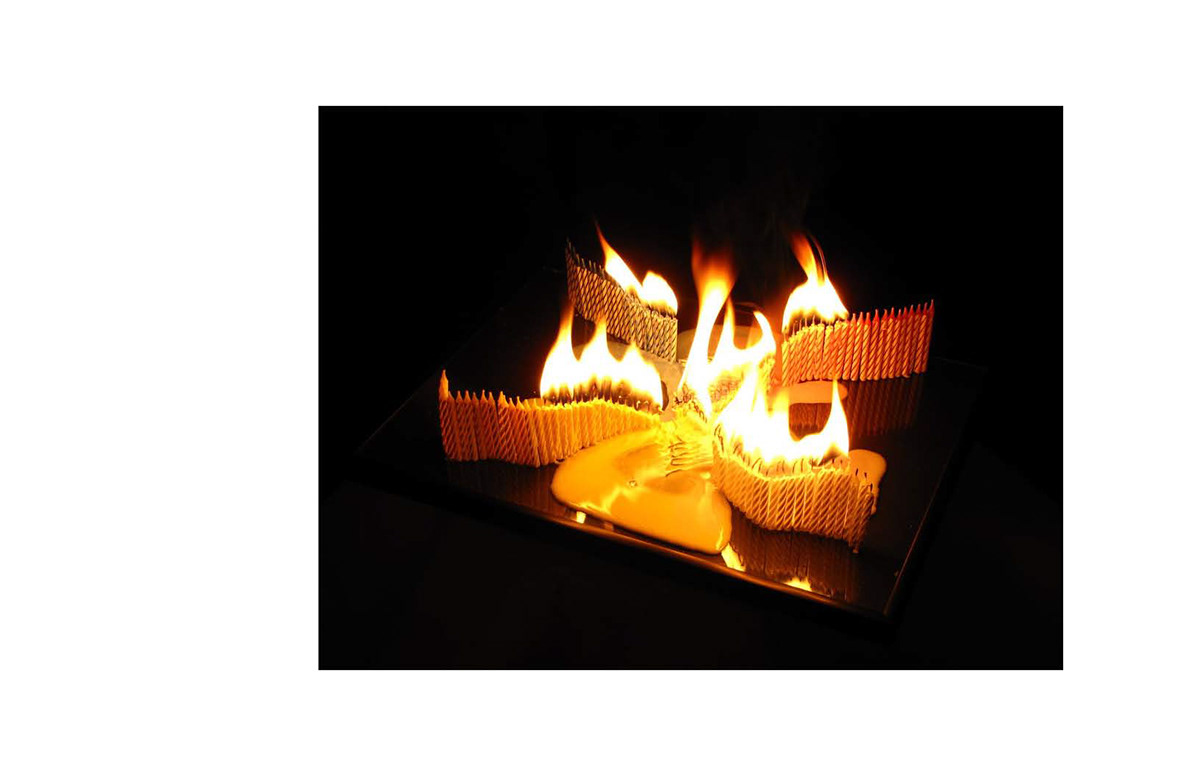School works_1
Art Foundation
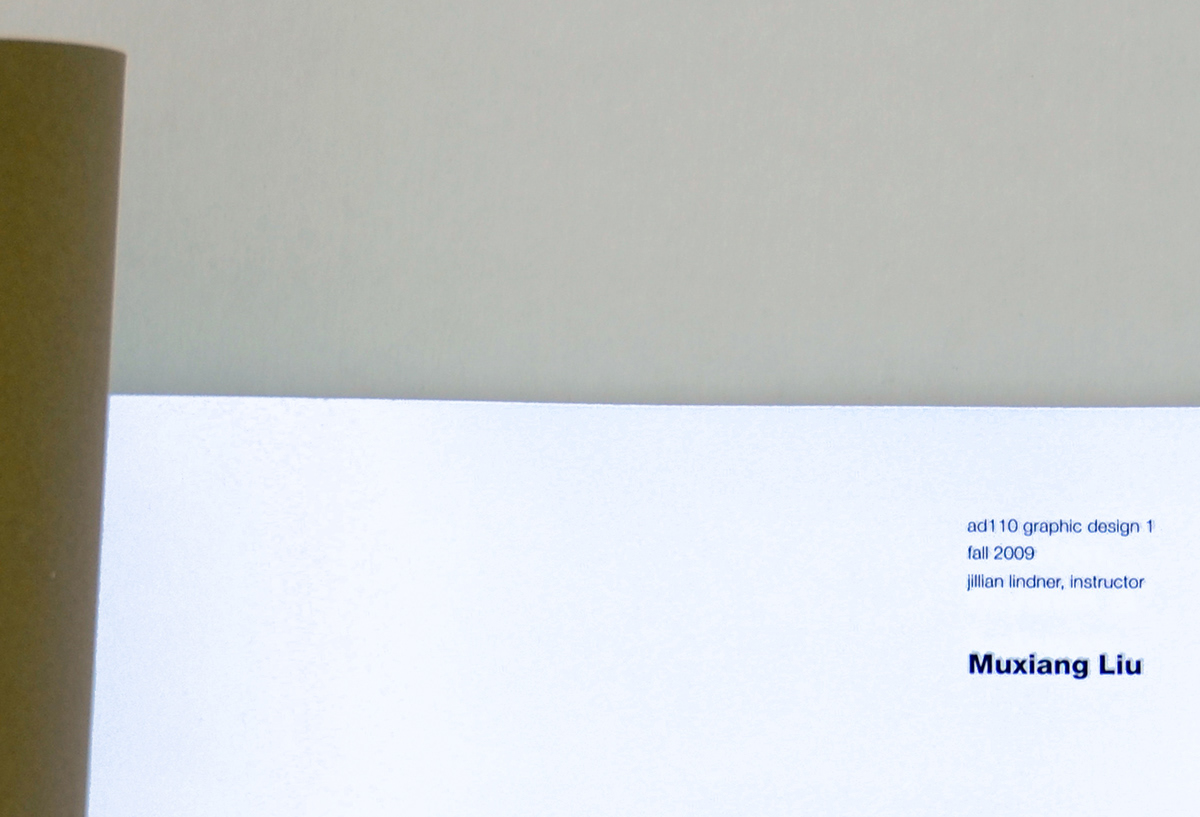
Graphic Design I
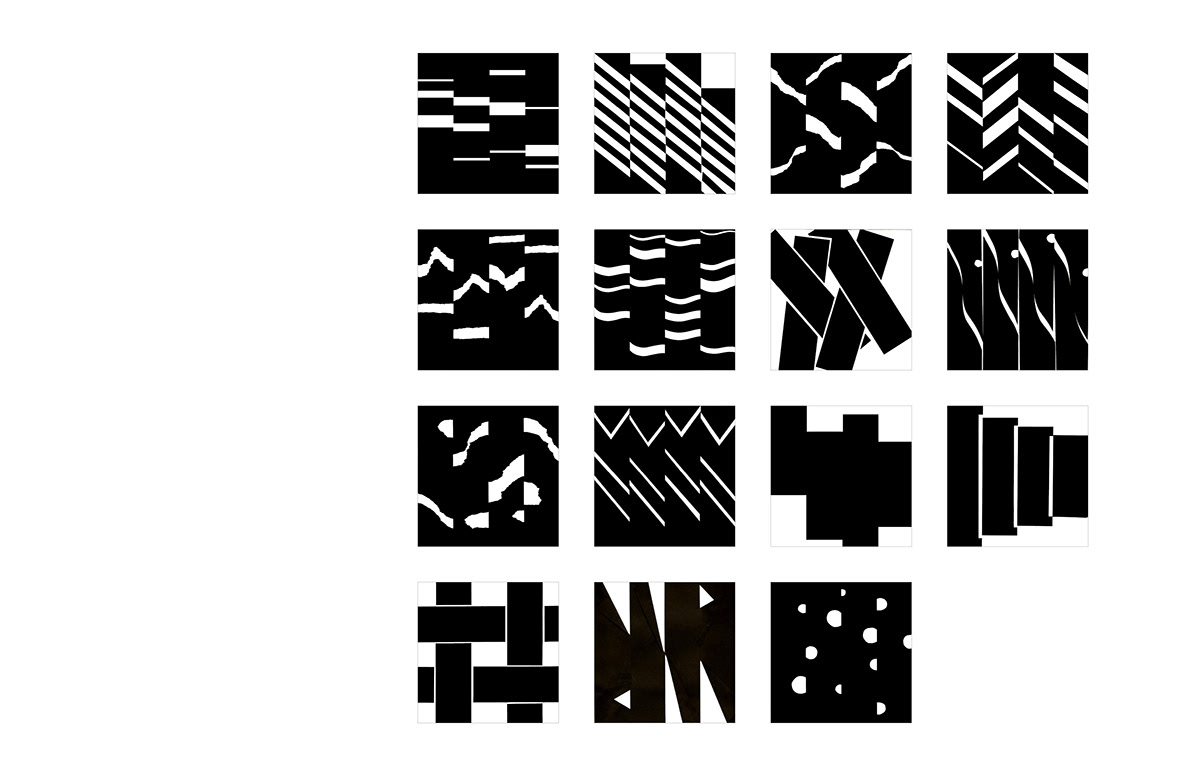
Initial exploration
In the first part of this exercise you will make four 2 x 8 inch strips of black construction paper and use these to create 15 different compositions within the given format. In each composition the 4 strips should remain clearly recognizable as the basis of whatever creative manipulations you impose on the elements.You may cut, fold or move the strips in any way you choose (including combinations of these), remembering that a viewer must be able to recognize the 2 x 8 inch strip as the origin of the manipulated elements. Any operation should engage at least one edge of the strip.In each composition the formal operation used on the elements must be uniform: if you fold one strip you must in some way fold all of them, rather than, say, folding one strip, and so forth.
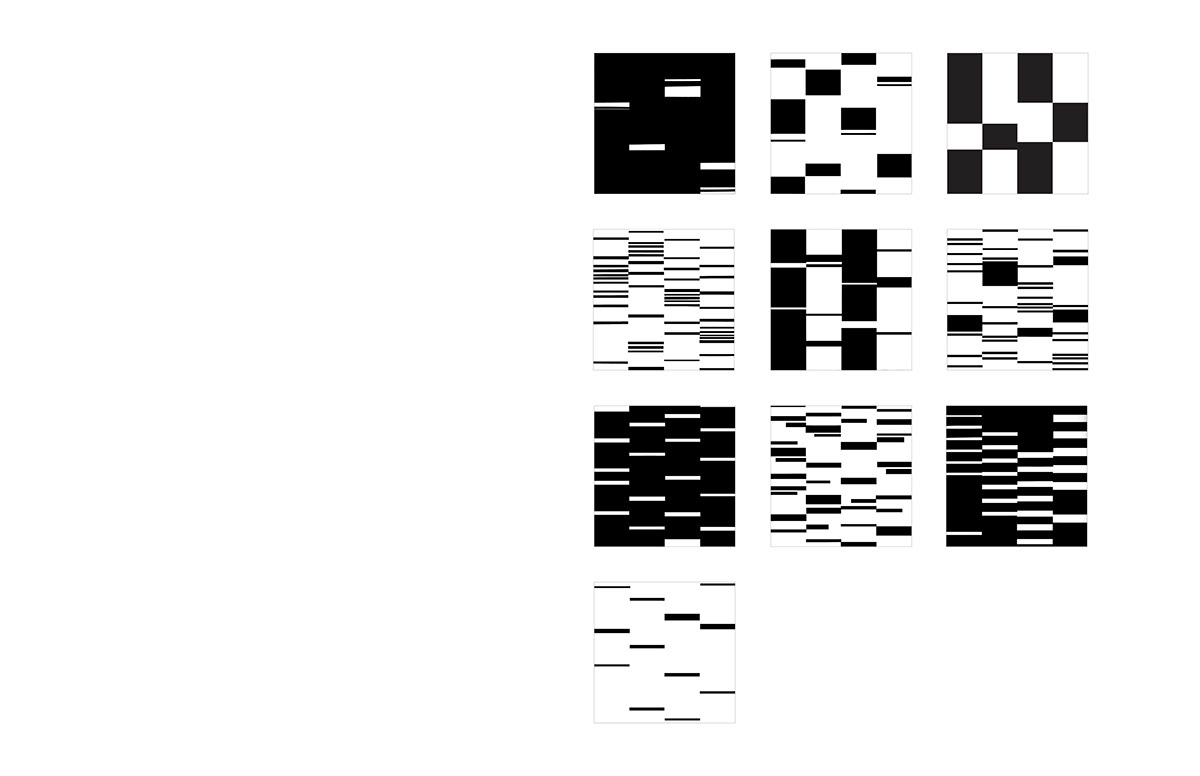
Focused exploration
From the 15 compositions created in part 1, you will choose one composition for further study. The criteria for this choice includes the recognizability and visual integrity of the two inch strips, viability of the operations performed on the strips, and visual interest of the composition. Remember that to some degree, the difference between operations performed on the strips which are ‘decorative’ and those which are not, is whether or not the operation is integral to defining the form (edges) of the 2 inch strip, or is merely an effect applied to the strip that does not help define it as a strip.From this starting point you will make 10 new compositions which expand upon the visual themes present in the chosen composition — internal rule based exploration. You should ask yourself what operations have been performed on the strips (folding, tearing, displacement, &c.) and then try to create a few compositions which exploit the extremes of that operation while still maintaining the visual integrity of the 2 inch strip. From here, you should evaluate these new compositions, determine whether to extend the visual language further, or whether they offer any new directions to extend the investigation. The wider the variety of your investigation the better
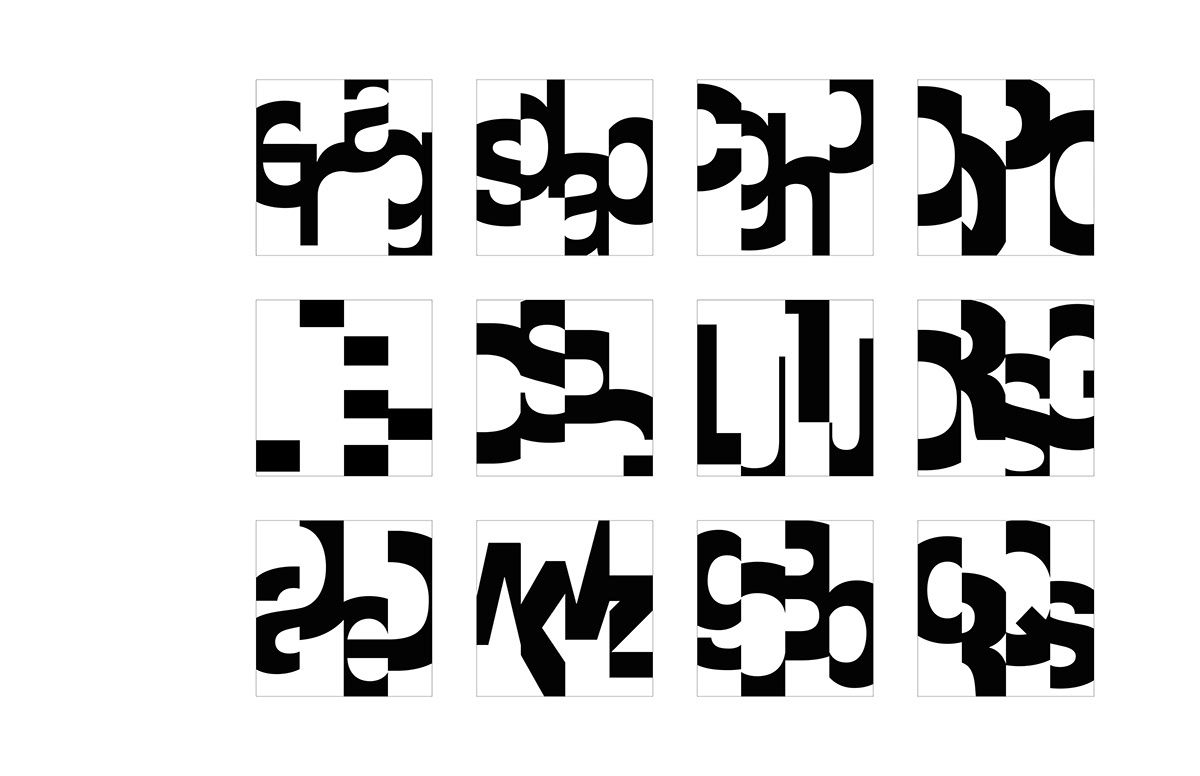
Variations on the letterform
In this exercise we will go beyond the form of the individual elements and begin to focus more directly on how the individual elements come together through your control of the rhythms and tensions to form a well balanced compositional whole.
In the first part of the exercise, you will be given a palette of 26 sans serif letterforms that are the same size and weight and a grid that consists of 4, 2.5” x 10” units. Using one letterform in each grid element, you will create compositions that exploit the rhythms and contrasts that exist within our alphabet. The relationship of positive and negative space, and coherence of overall form you create will be extremely important in this exercise since you will not be allowed to rotate, enlarge or reduce the given forms in size. Work in a vertical format only for your explorations. Success in this project will be achieved by studying the relationships within the formal elements that make up our alphabet and the positioning of the those elements in such a way that they make a well balanced new form in their own right against the context of the 10” x 10” format.
In the first part of the exercise, you will be given a palette of 26 sans serif letterforms that are the same size and weight and a grid that consists of 4, 2.5” x 10” units. Using one letterform in each grid element, you will create compositions that exploit the rhythms and contrasts that exist within our alphabet. The relationship of positive and negative space, and coherence of overall form you create will be extremely important in this exercise since you will not be allowed to rotate, enlarge or reduce the given forms in size. Work in a vertical format only for your explorations. Success in this project will be achieved by studying the relationships within the formal elements that make up our alphabet and the positioning of the those elements in such a way that they make a well balanced new form in their own right against the context of the 10” x 10” format.
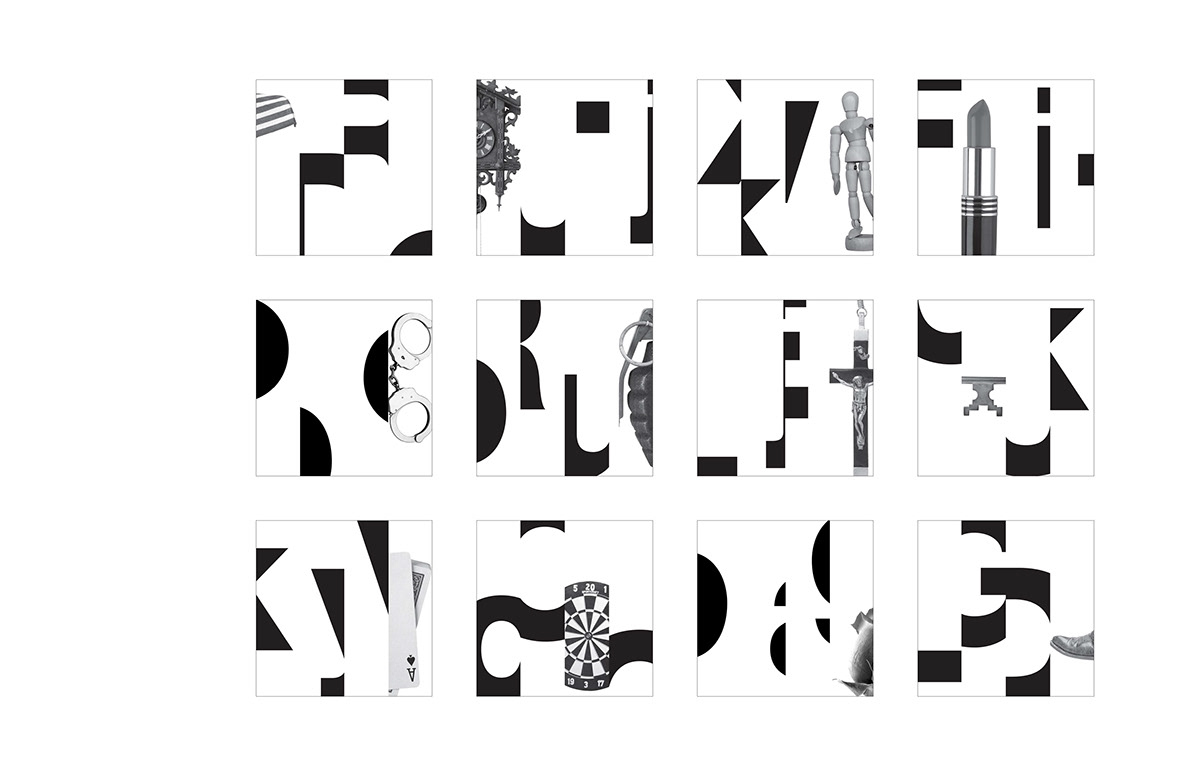
variations on the letterformand image
Using the same grid format we will our exploration of the creation of coherent form from varied individual elements by adding imagery to our palette of individual elements. Still focusing on how these disparate elements can come together into a well balanced compositional whole.In this part of the exercise, in addition to the palette of 26 sans serif letterforms, you will have at your disposal a number of images. You may use only one image per composition, and any combination of upper and lowercase you see fit. You may not scale any of your elements. Again, success in this part of the project will be achieved by studying the relationships within the formal elements and finding ways to balance the tensions between them across the visual field of the composition to create a strong, clear form held together by the rhythms created by your choice of elements.
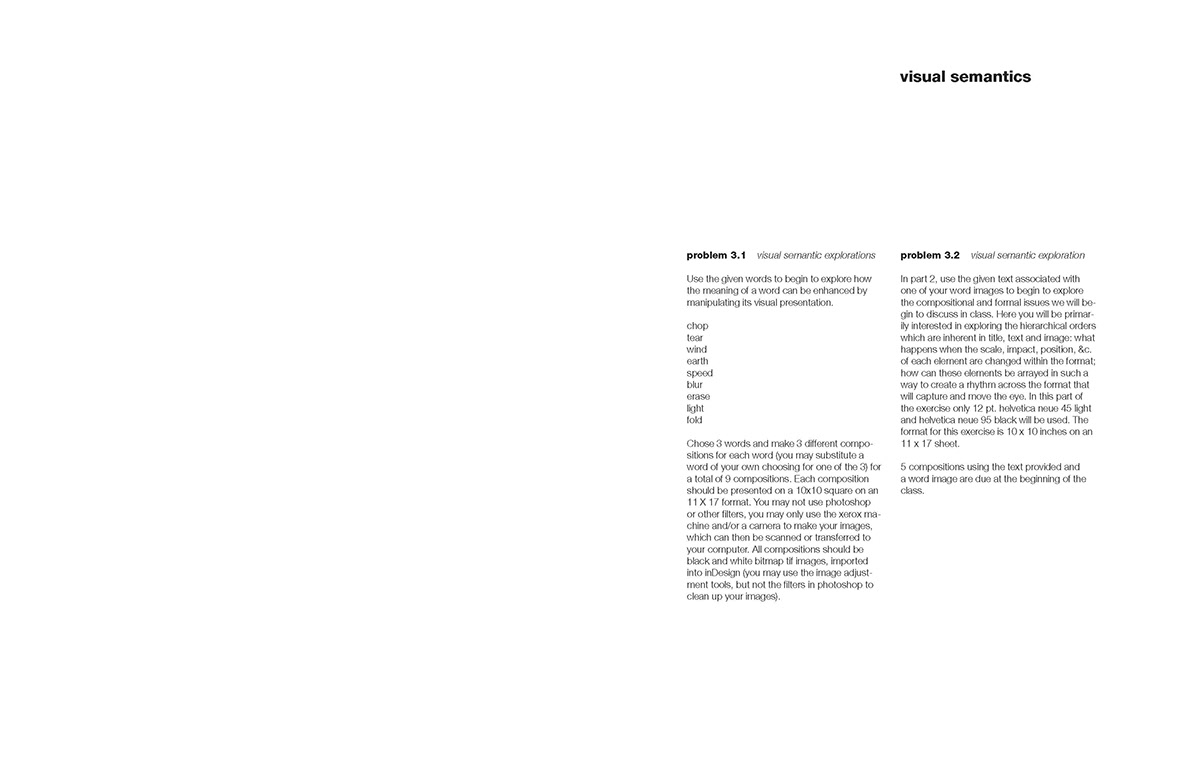
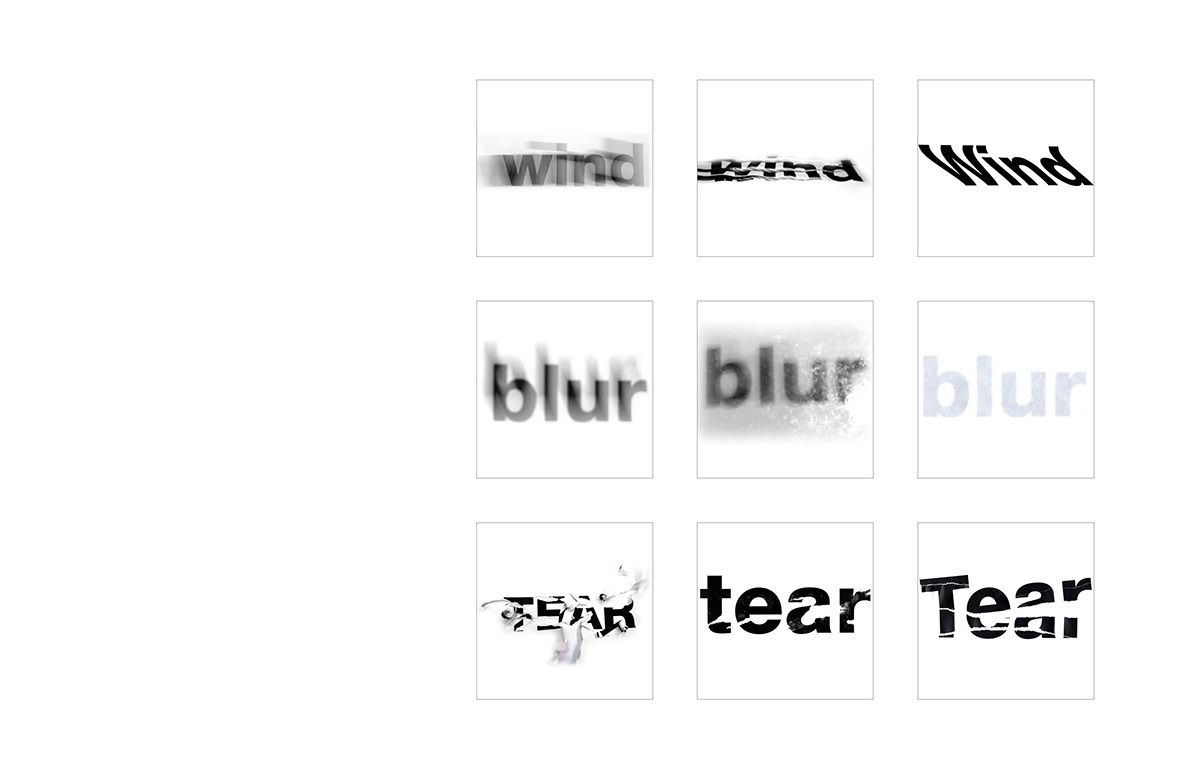
Visual Semantic Explorations
In part 1, use the given words to begin to explore how the meaning of a word can be enhanced by manipulating its visual presentation.choptearwindearthspeedblureraselightfoldChose 3 words and make 3 different compositions for each word (you may substitute a word of your own choosing for one of the 3) for a total of 9 compositions. Each composition should be presented on a 10x10 square on an 11 X 17 format. You may not use photoshop or other filters, you may only use the xerox machine and/or a camera to make your images, which can then be scanned or transferred to your computer. All compositions should be black and white bitmap tif images, imported into inDesign (you may use the image adjustment tools, but not the filters in photoshop to clean up your images).
In part 1, use the given words to begin to explore how the meaning of a word can be enhanced by manipulating its visual presentation.choptearwindearthspeedblureraselightfoldChose 3 words and make 3 different compositions for each word (you may substitute a word of your own choosing for one of the 3) for a total of 9 compositions. Each composition should be presented on a 10x10 square on an 11 X 17 format. You may not use photoshop or other filters, you may only use the xerox machine and/or a camera to make your images, which can then be scanned or transferred to your computer. All compositions should be black and white bitmap tif images, imported into inDesign (you may use the image adjustment tools, but not the filters in photoshop to clean up your images).
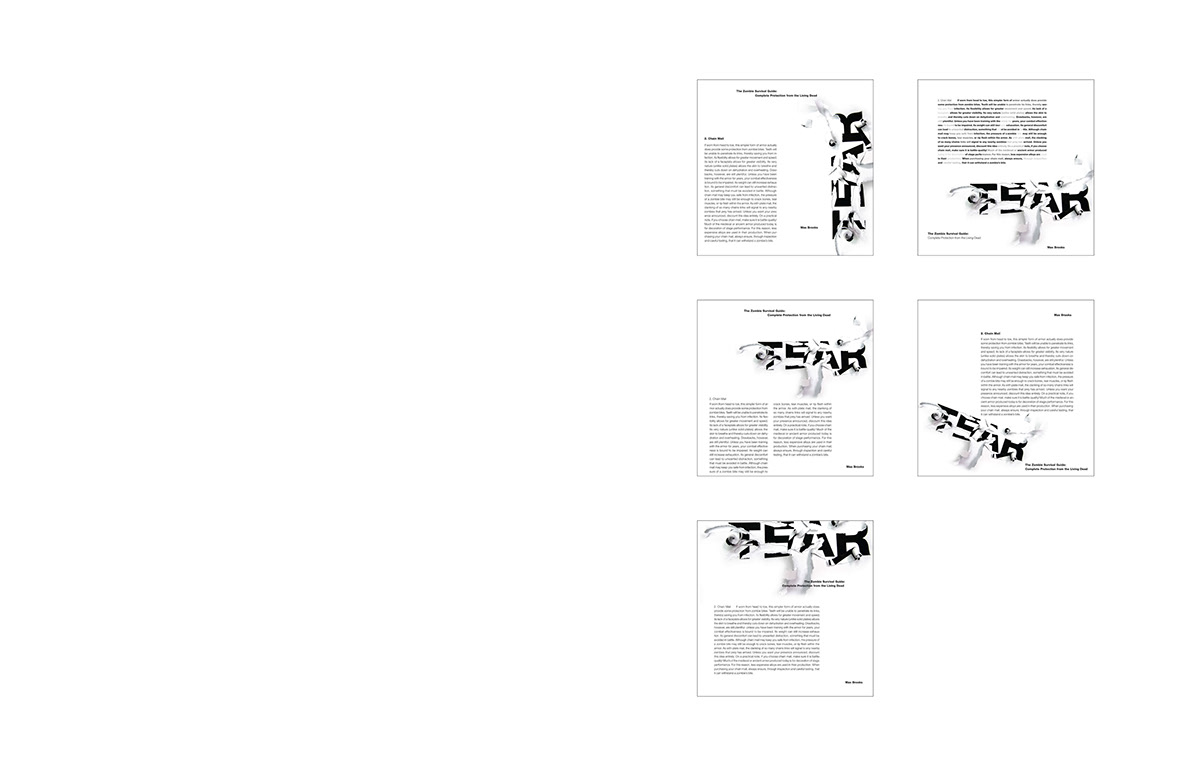
Visual Semantic Explorations
In part 2, use the given text associated with one of your word images to begin to explore the compositional and formal issues we will begin to discuss in class. Here you will be primarily interested in exploring the hierarchical orders which are inherent in title, text and image: what happens when the scale, impact, position, &c. of each element are changed within the format; how can these elements be arrayed in such a way to create a rhythm across the format that will capture and move the eye. In this part of the exercise only 12 pt. helvetica neue 45 light and helvetica neue 95 black will be used. The format for this exercise is 10 x 10 inches on an 11 x 17 sh
In part 2, use the given text associated with one of your word images to begin to explore the compositional and formal issues we will begin to discuss in class. Here you will be primarily interested in exploring the hierarchical orders which are inherent in title, text and image: what happens when the scale, impact, position, &c. of each element are changed within the format; how can these elements be arrayed in such a way to create a rhythm across the format that will capture and move the eye. In this part of the exercise only 12 pt. helvetica neue 45 light and helvetica neue 95 black will be used. The format for this exercise is 10 x 10 inches on an 11 x 17 sh

Visual Semantic Explorations
In part 3 you will have 3 sizes of type, 12, 16, and 24 helvetica neue light and black. These options should allow you a broader exploration into how you can create a balanced composition with more dynamically weighted elements. Because of this the compositional and hierarchical issues we have discussed in the previous exercises will be of even greater importance as you reconcile ‘creative freedom’ with the exigencies of readability, legibility and clarity, to which a designer must adhere.
In part 3 you will have 3 sizes of type, 12, 16, and 24 helvetica neue light and black. These options should allow you a broader exploration into how you can create a balanced composition with more dynamically weighted elements. Because of this the compositional and hierarchical issues we have discussed in the previous exercises will be of even greater importance as you reconcile ‘creative freedom’ with the exigencies of readability, legibility and clarity, to which a designer must adhere.
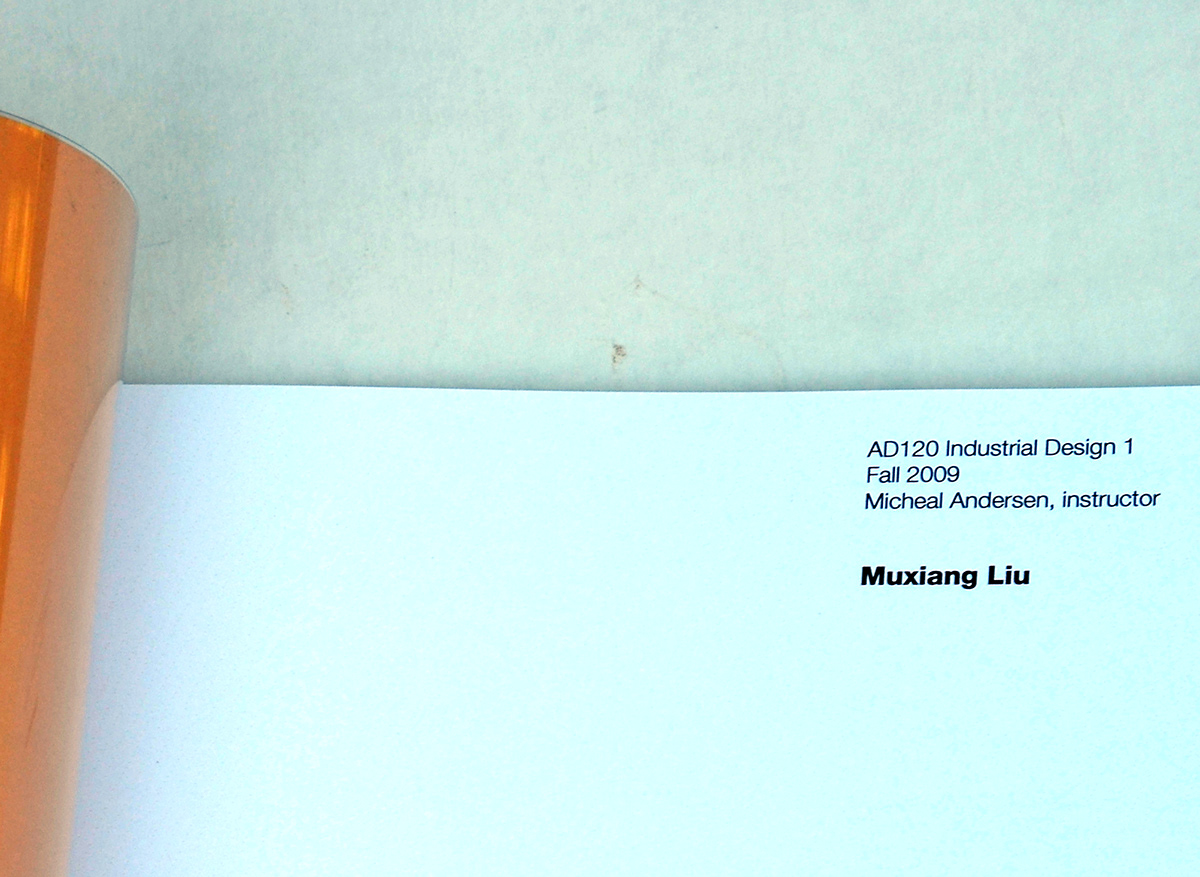
Industrial Design I
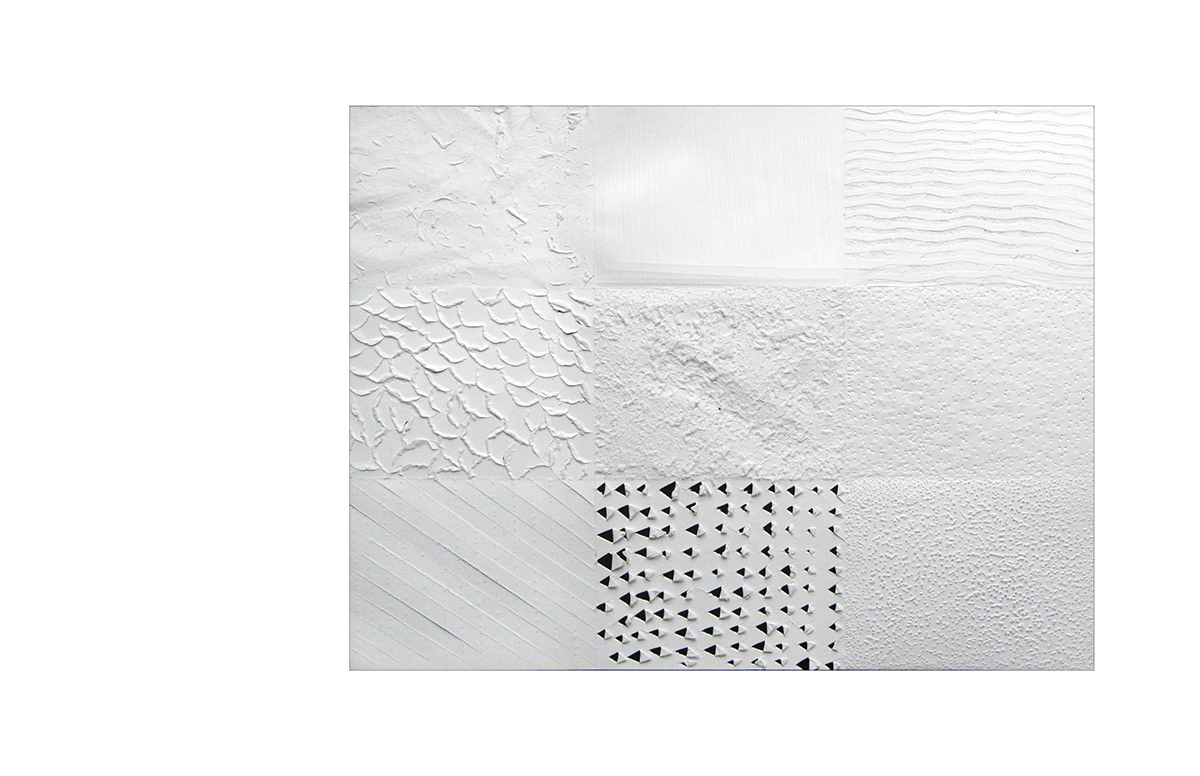
Texture of Paper
Objective: To experience the material Characteristics of paper; investigate changing the apperence of paper through texture and pattern; and develop tactual sensitivity
Parameters: Divide a sheet of paper into nine equal sections, each of which is to be differentiated from the other by: scratching, cutting, tearing, hammering, scoring, slitting, poking,chewing... as many variations as possible
Constraints:--the contrast between each section is tobe made distinct by texture alone
--no marks, no color, other than a paper; keep it clean!
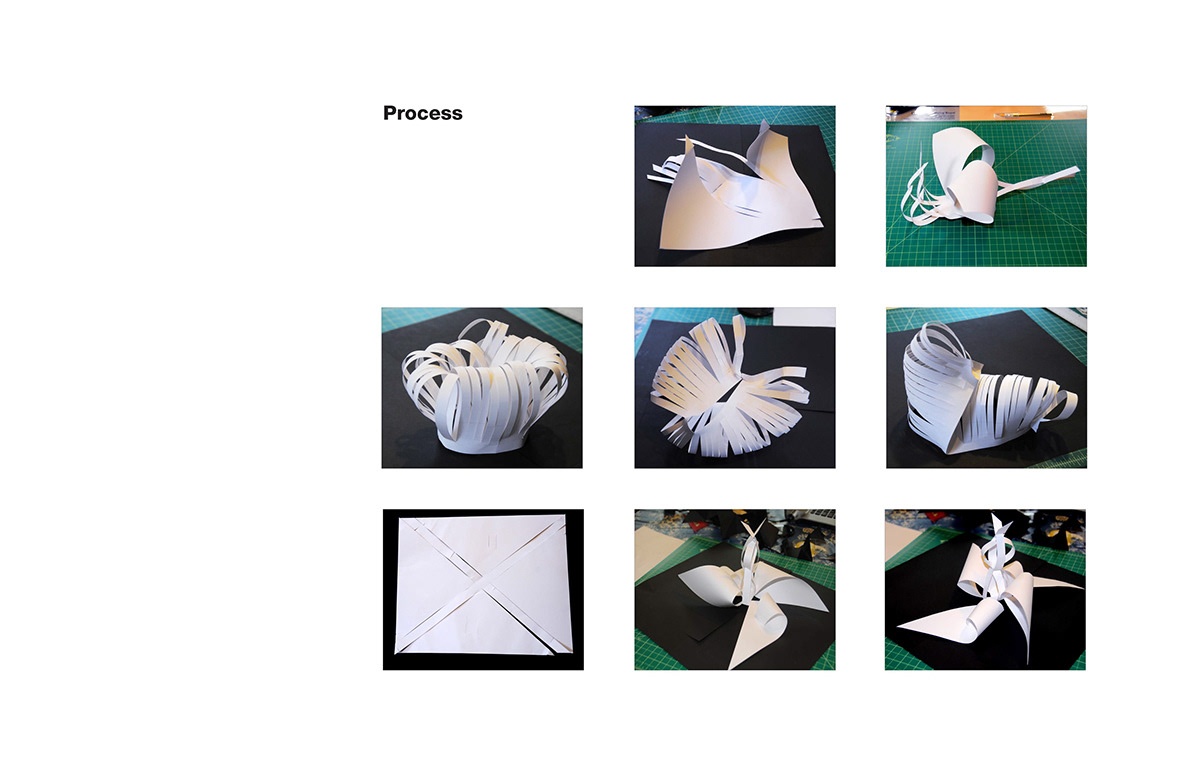
Plasticity of Paper
Objective: To develop a three dimensional understanding of the fundamental properties of paper (a sheet material) utilizing its elastic attributes
Parameters: Without waste and without adhesives; expand one sheet of paper by scoring, folding, cutting, bending, curling... to generate the maximum three dimensional volume.
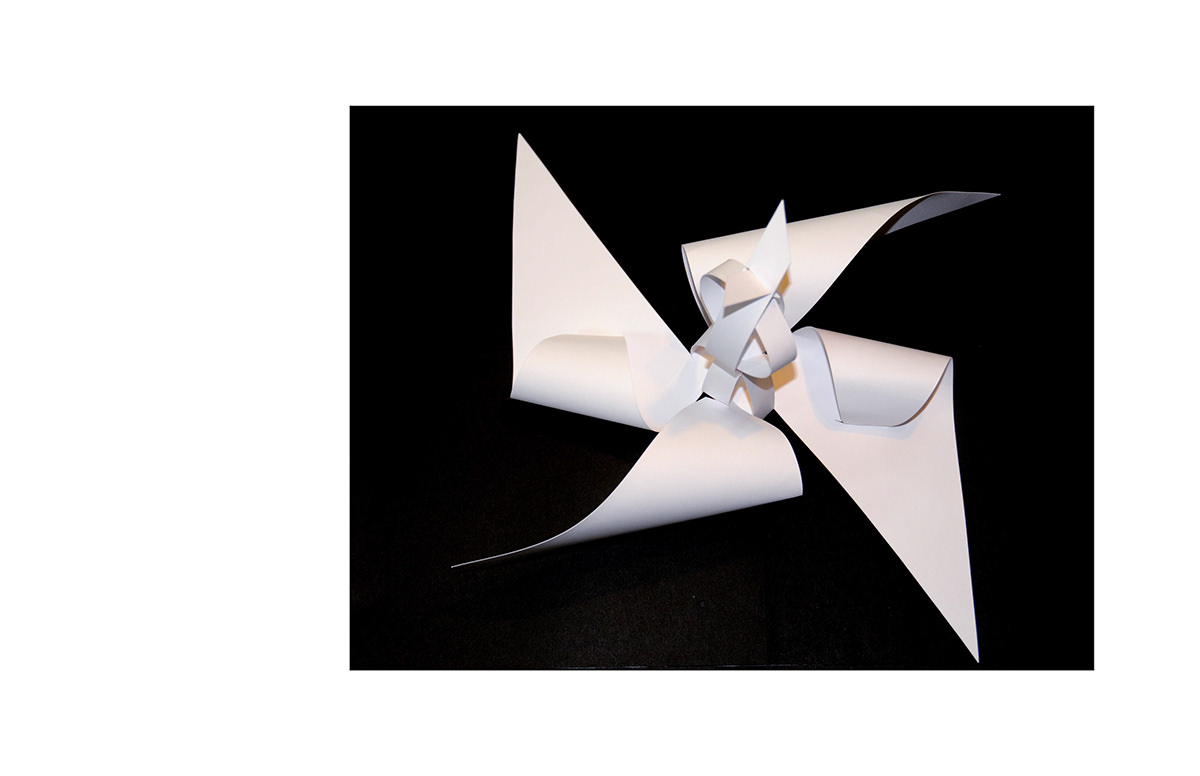

Space ExpandingSheet Metal
Objective: To discover a construction module, develop a pattern of repeating units and explore the properties of metal by: shearing, cutting, bending, rolling and spot-welding
Parameters: generate at least sixteen (more is ususally better) identical units/modules cut without waste from a 16”x16” piece of sheet metal. Each unit/module must be identical to each other contain at least one bend or curve

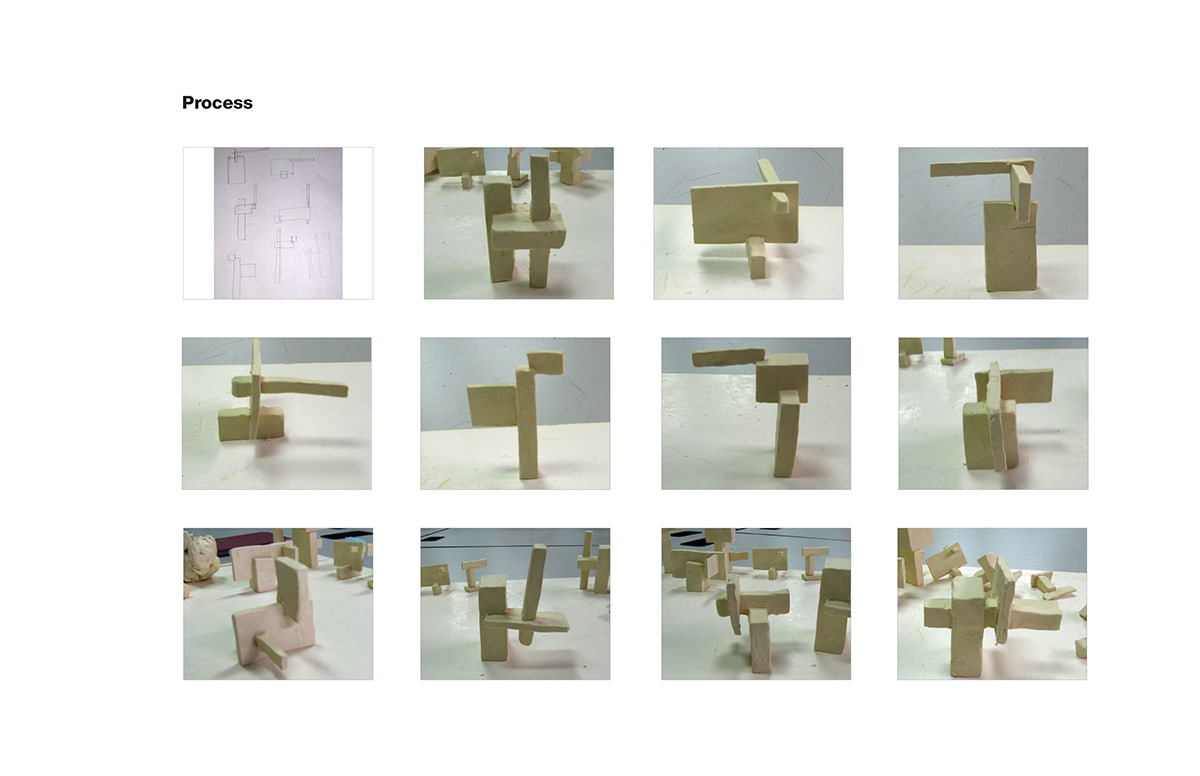
Rectilinear Volume Study
Objective: To learn and understand the dominant, subdominant and subordinate relationships in a group of forms
Parameters: use clay to generate theree blocks that are all different in size and shape, make the most interesting block the dominant and the largest, add to it the send medium size block as to make the combination of the two 30% more interesting than the first block alone. the third block and smallest block should again compliment the first two by another 30% as well as adding another axis to the overall form. the three blocks togehter should generate a more interesting and exciting form together than separately
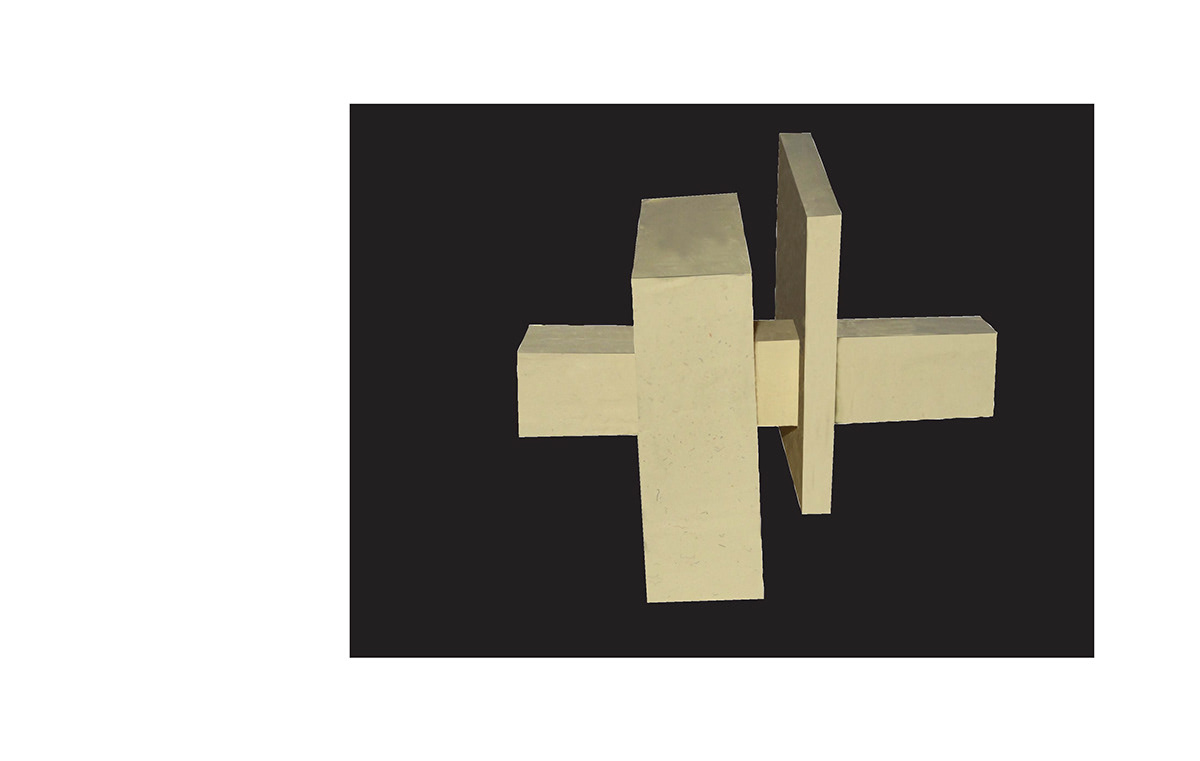
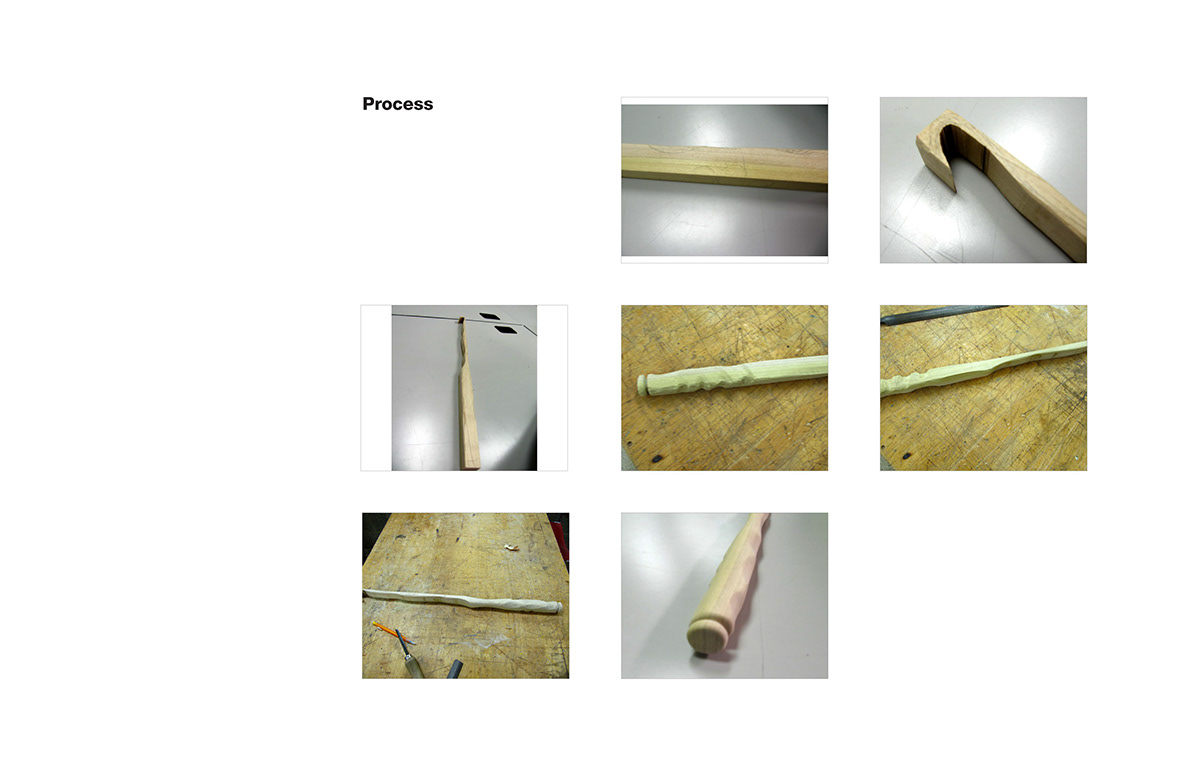
Feeling Stick
Objective: To discover a form that is ergonomically pleasing, and acquaint oneself with the proprieties of wood and its grain by generating a stick that when drawn through the fingers is tantalizing to the touch
Criteria: A piece of hardwood approximately 1”x1”x24”; by means of a spoke shave and fine sandpaper shall be used to generate a 24” long tactically pleasing-feeling stick.
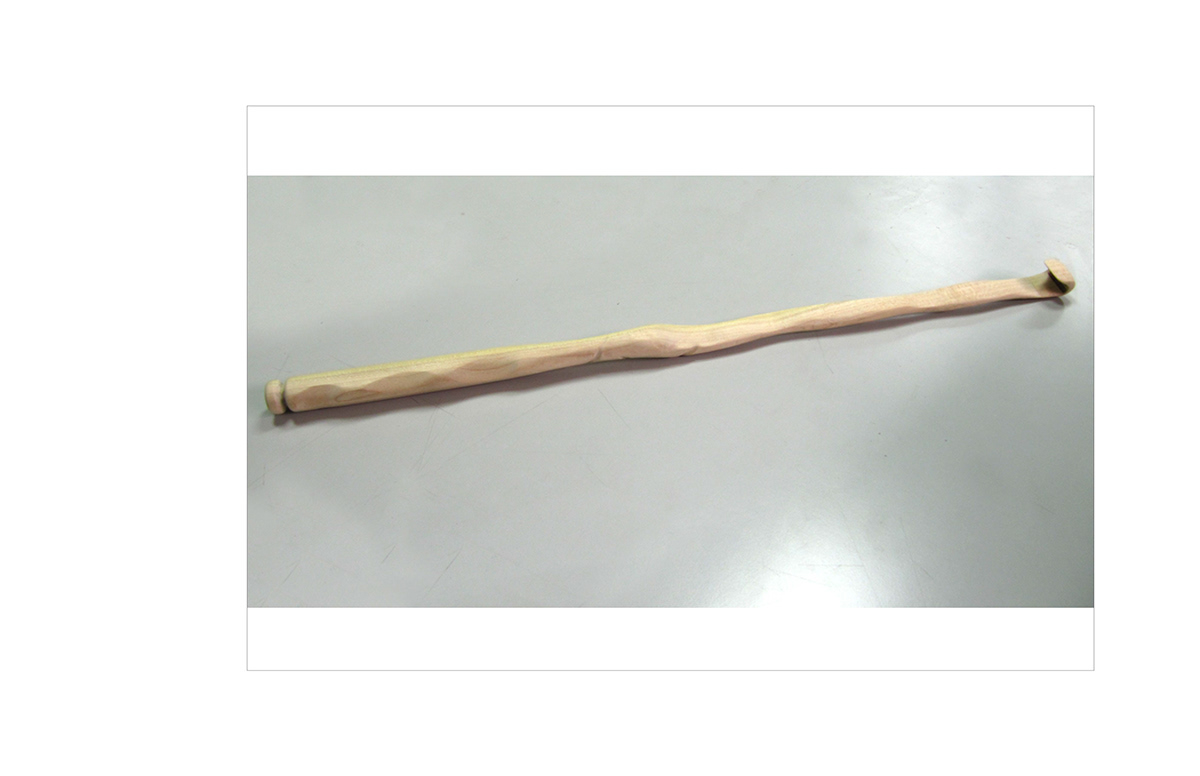
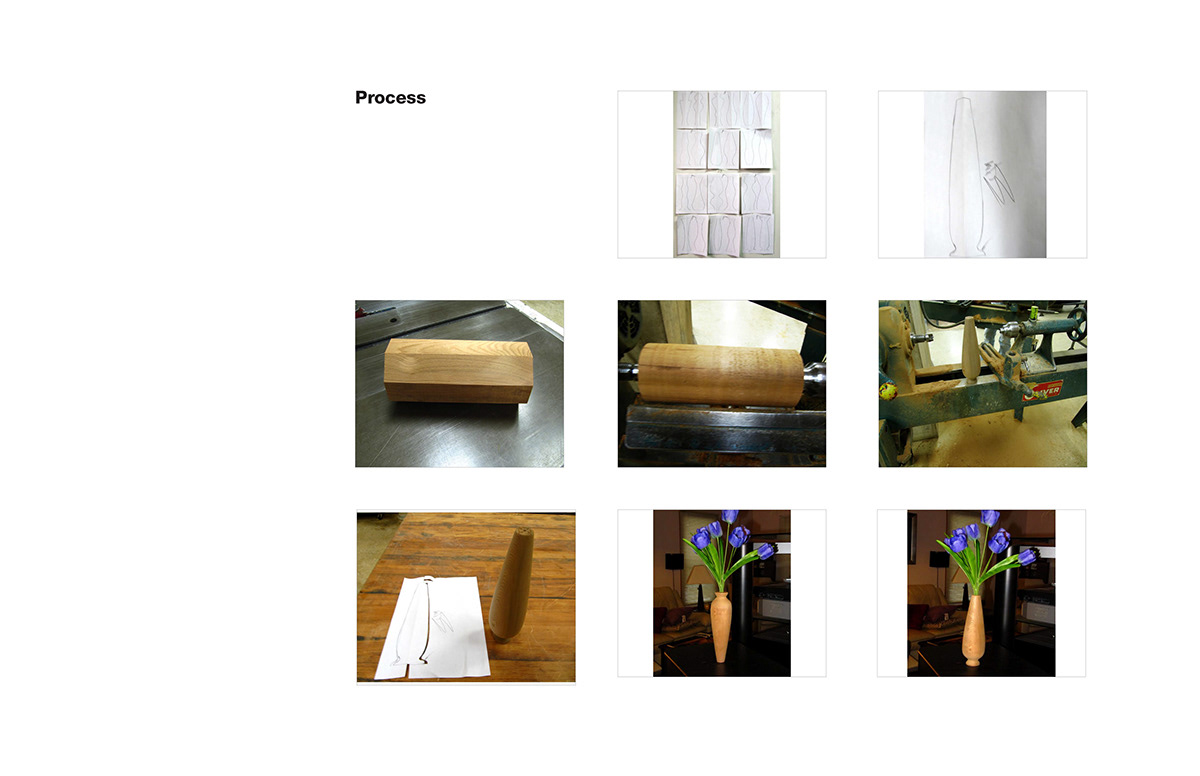
Vasiform
Objective: to discover a curvilinear vasiform that is visually pleasing/elegant; to generate a paper pattern negative of the dired form
Criteria:--the form must fit vertically within a 3.5”x9” rectangle (to coincide with the dimensions of the wood)--a flat portion of at least 1” must preferably remain on each end--no part of the form should be thinner than 1”
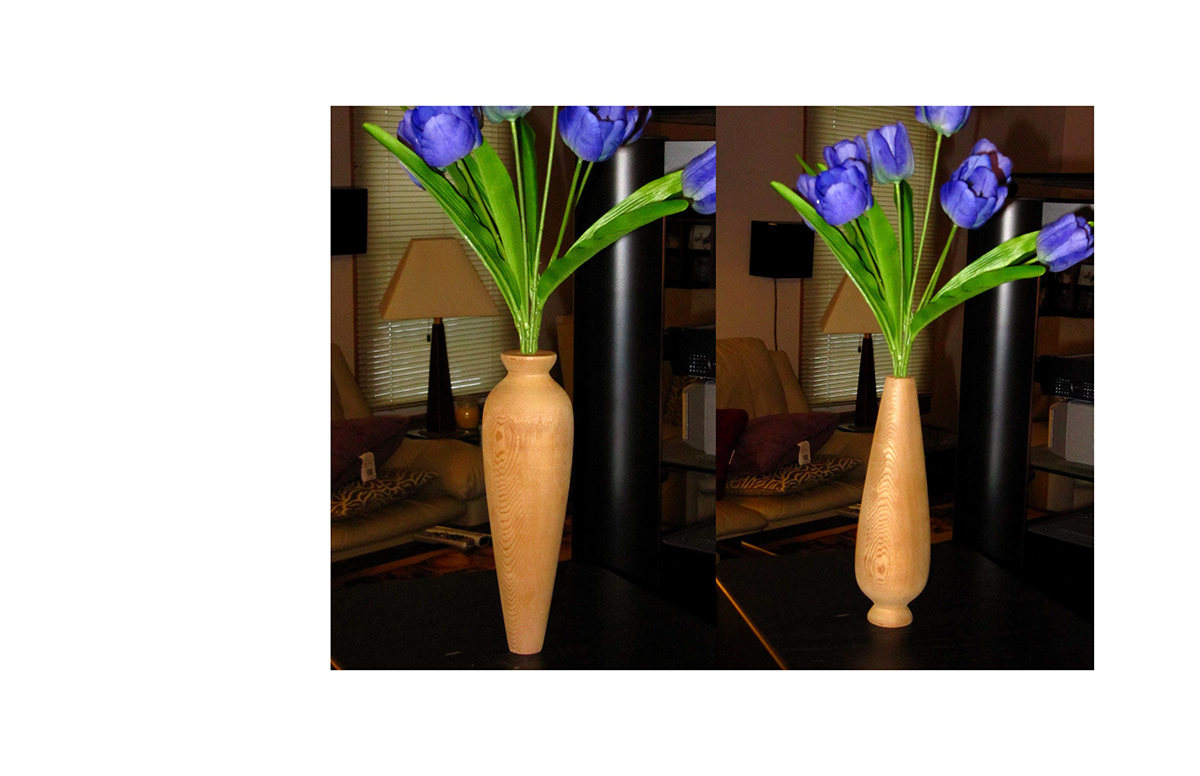
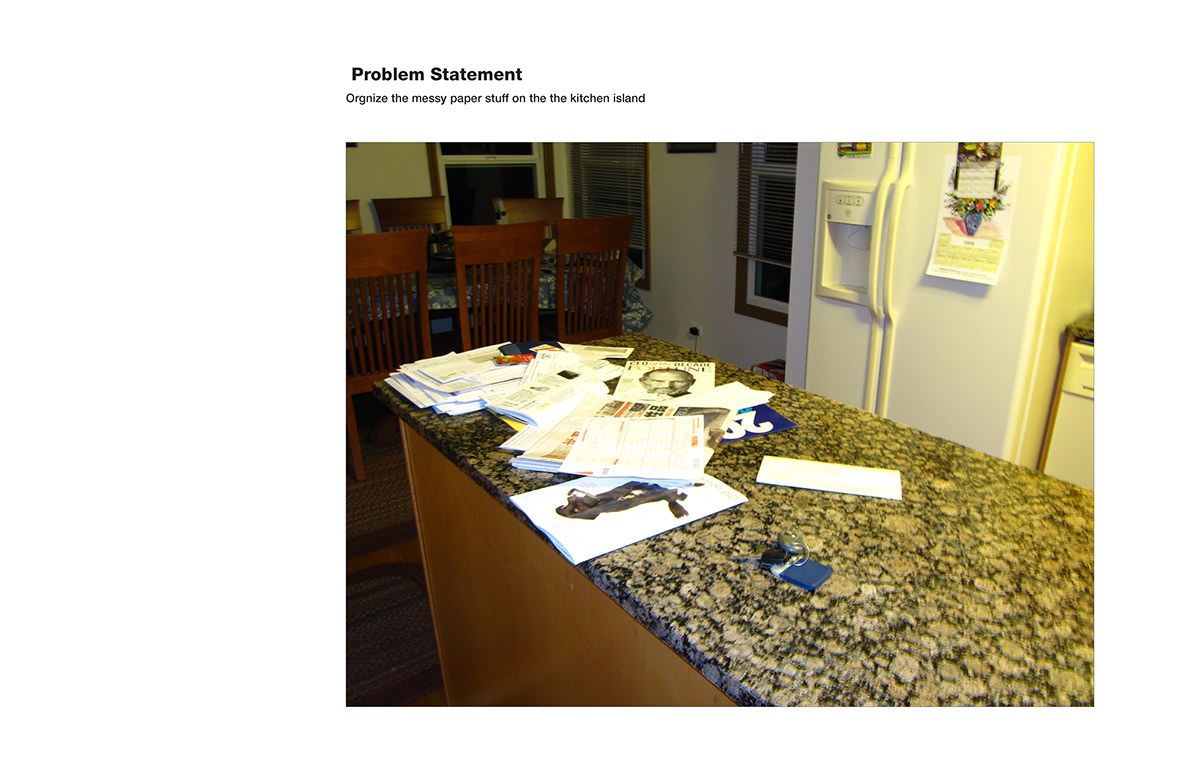
Kitcen Magazine & Letter Rack
Objective: to design a product with a target market that is you; a product that you would want to purchase; a product that solves a problem. To research a targeted retail channel. To utilize a carborn capturing material and explore process. The final design solution represent an elegant, new, novel and diffrent approach to solving a problem.
Criteria:--Identify problem areas in your own life that can be solved within the parameters.--Consider the most urgent problem as a potential market niche for exploitation.--Your own experience of “living the problem” gives you insight into the needs and desires of others
Parameters:--utilize a piece of wood approximately 3/4”x7 1/4”x36” or less (pine is the prototype material supplied)--use of additional hardware and materials is okay e.g. screws, hinges, fabric, etc.--the final design must be easily transportable and UPS-able (up to 130 inches in length and girthcombined and up to 108 inches in length)
Deliverables:The final presentation must embrace the phases of design (research, analysis, synthesis, and solution) in a package that includes:--problem statement-research: direct observation (bug list) and survey of : friends, family, others;--mood board: magazines, catalogues, product literature, internet, media etc.---concept thumbnail sketches (at least 20)--scale mock-ups/sketch models (paper/foam core)--orthographic drawing incluiding a cut list--perspective drawing of final concept--full-size prototype
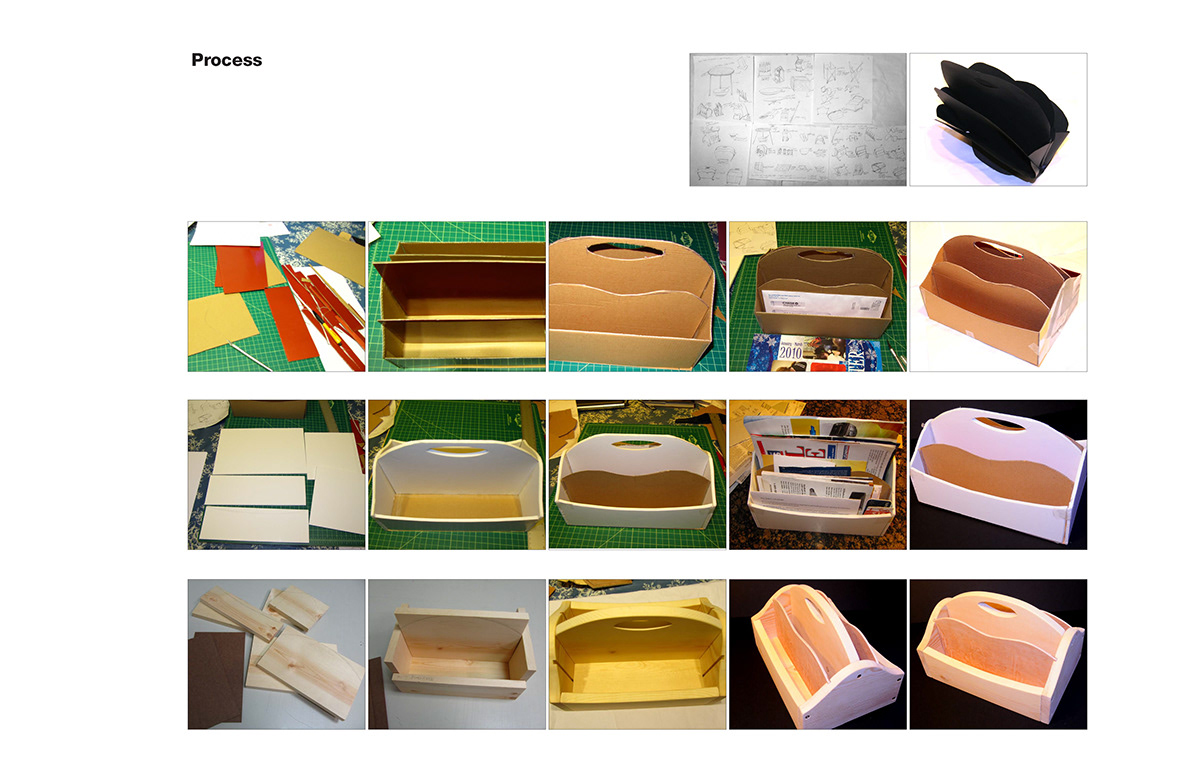
Kitcen Magazine & Letter Rack
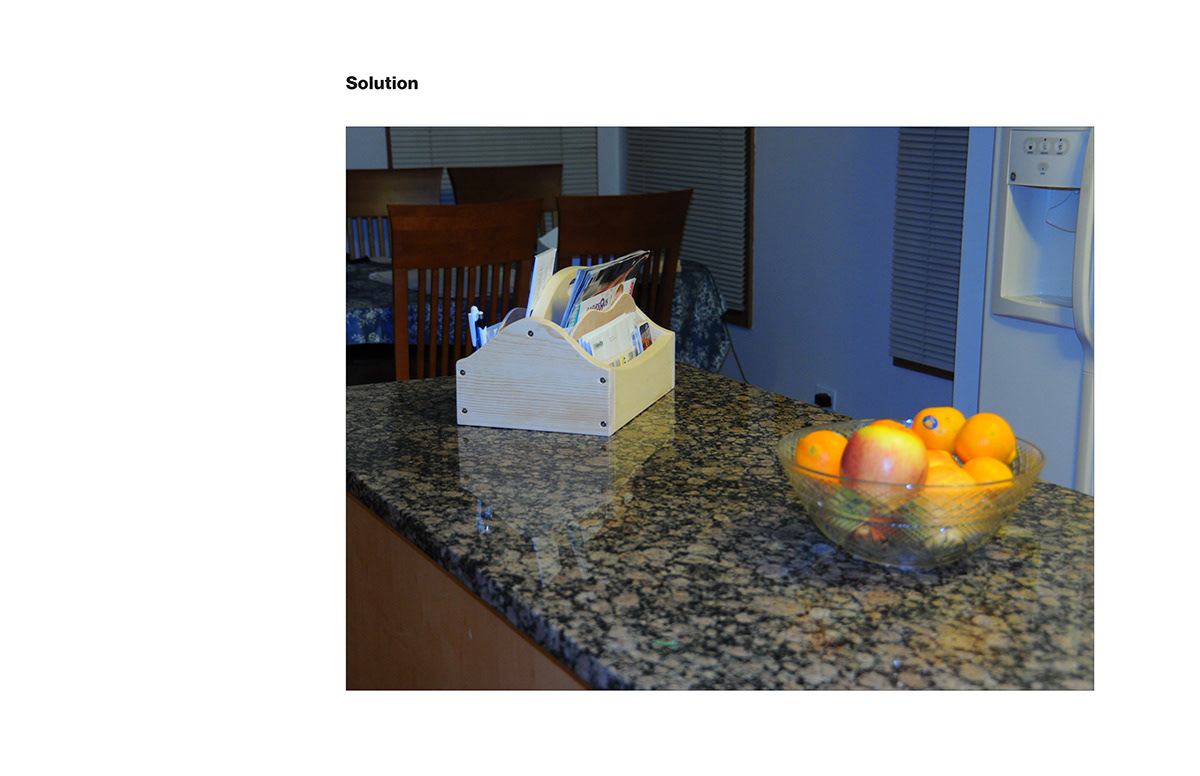

Sculpture I
